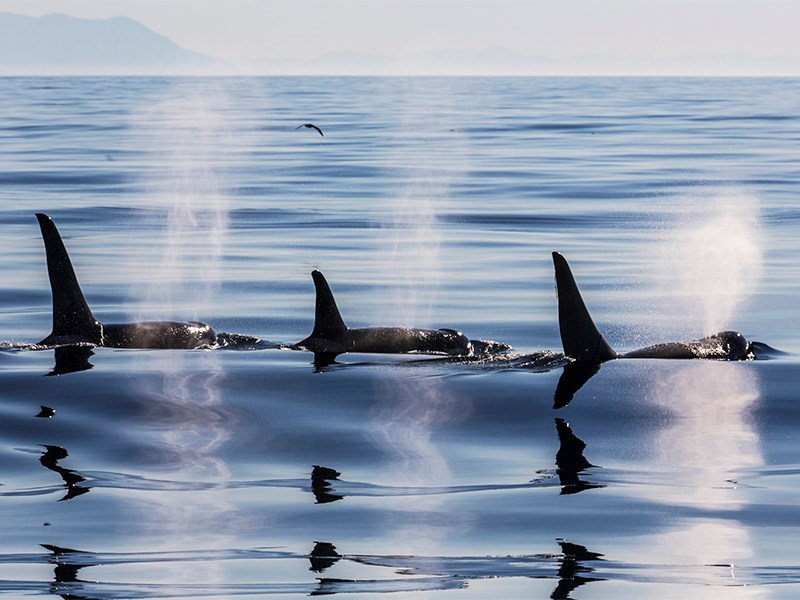Organizers of a campaign are increasing their efforts to have the Salish Sea added to Canada’s list of potential United Nations Educational, Scientific and Cultural Organization (UNESCO) world heritage sites.
As part of celebrating the 150th anniversary of confederation, Parks Canada is just weeks away from announcing which of the country’s most exceptional places will be added to the country’s tentative list for world heritage sites.
For the past year, Salish Sea Trust, a coalition of volunteers led by Nanaimo-based Laurie Gourlay, has been working on a campaign to advocate for the Salish Sea to top that list.
After a year of gathering signatures and letters of support from all levels of government in the Salish Sea region, Gourlay said he remains optimistic that Parks Canada will recognize the Salish Sea in December as a strong candidate for dedication.
“I don't think anywhere else has 15,000 people standing up and saying this is a great place,” said Gourlay. "We have a site that has world-class quality and we should be bidding for that world heritage site status, as well as undertaking complementary initiatives that will support that kind of long-term interest in the area.”
In case word about Salish Sea’s candidacy has not spread fast or far enough, North Island-Powell River MP Rachel Blaney sponsored a House of Commons online petition this fall.
The petition calls for UNESCO World Heritage Site designation to help protect some 3,000 species in the unique inner ocean, along with recognition of a 10,000-year-old first nations culture.
"It's a great opportunity and I'm very hopeful," said Blaney. “This is a beautiful place to acknowledge that has a lot of history.”
Named in 2010 for Coast Salish peoples, Salish Sea extends from the north end of the Strait of Georgia and Desolation Sound to the south end of Puget Sound and west to the mouth of the Strait of Juan de Fuca, including inland marine waters of southern BC and northern Washington.
Parks Canada is the federal government’s representative to the UNESCO World Heritage Convention.
Countries participating in the convention are able to make only two nominations each year to the world heritage committee.
Canada’s nomination list, called the Tentative List for World Heritage Sites, was last updated in 2004. Five of 11 sites on the current list have since been adopted as world heritage sites, with the most recent being Mistaken Point in Newfoundland in July 2016, according to Parks Canada. Canada has 18 sites on UNESCO’s World Heritage List.
Gourlay said once on the Parks Canada list, having the Salish Sea designated a world heritage site could take up to a decade to complete.
If the bid is successful, the Canadian portion of the Salish Sea will carry a similar designation to Australia’s Great Barrier Reef, Ecuador’s Galápagos Islands, the Great Wall of China and Head-Smashed-In Buffalo Jump in Alberta.
Blaney said the designation will help the federal government keep its promise to increase the amount of protected coastline from the current 1.3 per cent up to 10 per cent by 2020. Blaney said she also recognizes the economic importance the inner ocean has for coastal communities.
While Blaney wants to see protection increase, she said she wants to ensure the sustainability of the Salish Sea so commercial and food fisheries can continue to operate.
World heritage site designation does not bring funding or governance with it, but makes governments more accountable to the world to maintain the area.
Gourlay said the idea is not about creating a conservation fortress or a new-world tourism attraction, although more visitors will come to the region.
“It’s about recognition,” said Gourlay. “It’s about getting people to realize how special this place is.”



